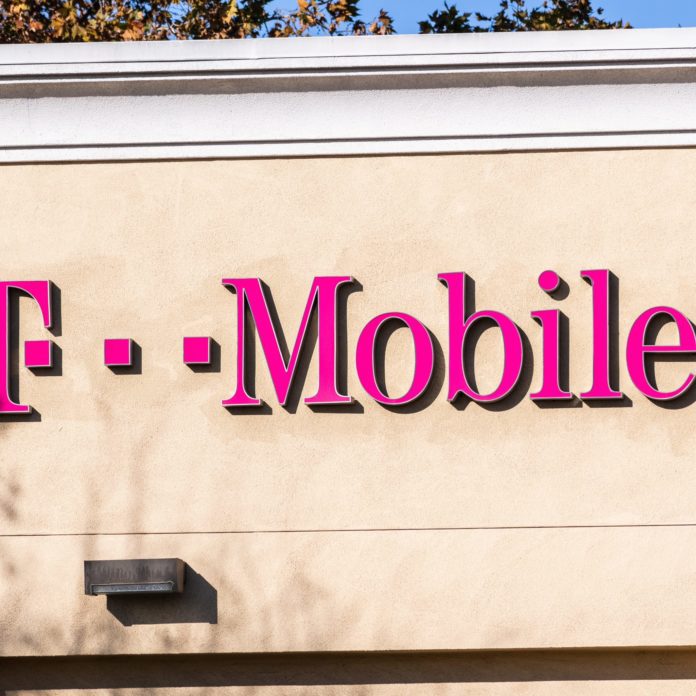T-Mobile also said it plans to expand the network slicing beta to additional application types and use cases in the future
T-Mobile US announced the launch of a network slicing beta for developers based on application type, with the aim of bringing new video calling applications.
Network slicing is enabled by the 5G Standalone (SA) architecture, and T-Mobile US said that it can deliver “optimal network performance characteristics based on a use case’s requirements.”
With a customized network slice, developers can “sign up to test video calling applications that require consistent uplink and downlink speeds along with lower latency and increased reliability”, according to T-Mobile US. The company said that Dialpad, Google, Webex by Cisco and Zoom are already participating in the beta phase.
“The wireless industry has talked about 5G network slicing for years and at T-Mobile we’ve been putting in the work to bring it to life,” said Ulf Ewaldsson, president of technology at T-Mobile US. “Thanks to our nationwide 5G SA network, T-Mobile is the only operator in the country capable of unlocking this technology so developers can immediately begin creating applications that can one day provide tangible benefits to wireless users everywhere.”
T-Mobile US said the launch is mainly due to the fact that data traffic on video-calling apps has increased dramatically over the last few years as more people work remotely or stay connected with family and friends on the go.
T-Mobile also said it plans to expand the network slicing beta to additional application types and use cases in the future.
T-Mobile’s network slicing beta is already available for iOS developers in Seattle and San Francisco and is expected to expand nationwide and to Android later this year as device manufacturers adopt the slicing capabilities available on Android OS.
The operator noted that video calling app developers can sign up for the beta by visiting the carrier’s developer platform DevEdge, while those in the greater Seattle area can join T-Mobile engineers at the 5G Hub to test and validate this capability on their applications.
Last month, T-Mobile US said it has begun rolling out four-carrier aggregation for customers, adding that this technology will boost speeds on its 5G SA network.
The telco said it has reached speeds of 3.3 Gbps in recent tests of four-carrier aggregation. Four-carrier aggregation is live in parts of T-Mobile’s network now and will be available nationwide in the coming weeks, the telco said.
The company explained that 5G carrier aggregation allows it to combine multiple 5G channels to deliver greater speed and performance. T-Mobile is now merging four 5G channels of sub-6 GHz spectrum — two channels of 2.5 GHz, one channel of 1,900 MHz and one channel of 600 MHz spectrum.
The carrier’s Extended Range (low-band 600 MHz spectrum) 5G now covers 326 million people across 2 million square miles, while 275 million people nationwide are covered by T-Mobile’s Ultra Capacity 5G (2.5 GHz spectrum). The telco plans to reach 300 million people with its Ultra Capacity 5G offering this year.

